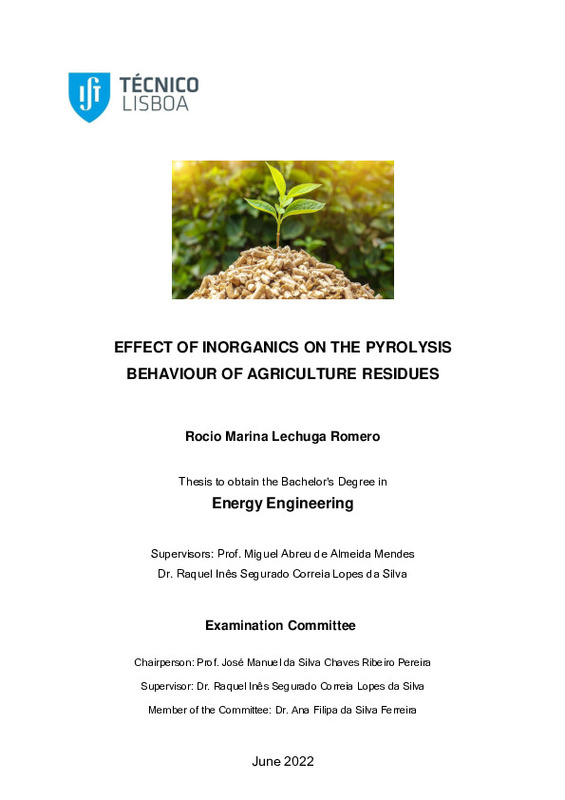|
Resumen:
|
[ES] Las condiciones medioambientales actuales han hecho necesario buscar y utilizar nuevas fuentes de energía, dando lugar a alternativas energéticas modernas como la biomasa. La energía de la biomasa es relativamente ...[+]
[ES] Las condiciones medioambientales actuales han hecho necesario buscar y utilizar nuevas fuentes de energía, dando lugar a alternativas energéticas modernas como la biomasa. La energía de la biomasa es relativamente nueva y queda mucho por investigar. En el presente estudio, hemos estudiado la composición de diversas biomasas como la paja de trigo, la cáscara de rizoma, la cáscara de nuez y el estiércol de caballo, y de estas mismas biomasas trituradas mediante tratamiento con agua ionizada. Tras el análisis, se observaron las diferentes composiciones de cenizas, volátiles y carbono fijo. De este modo, se seleccionó el estiércol de caballo por su alto contenido en cenizas y la cáscara de nuez por ser la biomasa con menor contenido en cenizas. El objetivo era estudiar los efectos de la materia inorgánica, es decir, las cenizas, en el proceso de pirólisis de la biomasa, por lo que se realizó un análisis termogravimétrico de muestras de estiércol de caballo y cáscaras de nuez, crudas y desmineralizadas, y de una mezcla de estas dos biomasas crudas, además de someterlas a un experimento de pirólisis en un reactor horizontal y analizar los gases no condensables producidos por esta pirólisis en cromatografía de gases. Ambos procesos, el análisis termogravimétrico y la pirólisis, fueron sometidos a las mismas condiciones de trabajo y a la misma velocidad de calentamiento de 10k/min para comparar los resultados de ambos experimentos y poder sacar conclusiones sobre los efectos catalíticos de las cenizas sobre la biomasa en estos procesos.
[-]
[EN] Current environmental conditions have made it necessary to seek and use new sources of energy, giving rise to modern energy alternatives such as biomass. Biomass energy is relatively new and much research remains to ...[+]
[EN] Current environmental conditions have made it necessary to seek and use new sources of energy, giving rise to modern energy alternatives such as biomass. Biomass energy is relatively new and much research remains to be done. In the present study, we have studied the composition of various biomasses such as wheat straw, rhizome husk, walnut shell and horse manure, and of these same biomasses shredded by treatment with ionised water. After analysis, the different compositions of ash, volatiles and fixed carbon were observed. In this way, horse manure was selected for its high ash content and walnut shells for being the biomass with the lowest ash content. The objective was to study the effects of inorganic matter, i.e. ash, on the pyrolysis process of biomass, so a thermogravimetric analysis of samples of horse manure and walnut shells, raw and demineralised, and a mixture of these two raw biomasses was carried out, in addition to subjecting them to a pyrolysis experiment in a horizontal reactor and analysing the non-condensable gases produced by this pyrolysis in gas chromatography. Both processes, thermogravimetric analysis and pyrolysis, were subjected to the same working conditions and the same heating rate of 10k/min in order to compare the results of both experiments and to be able to draw conclusions about the catalytic effects of the ash on the biomass in these processes.
[-]
|







